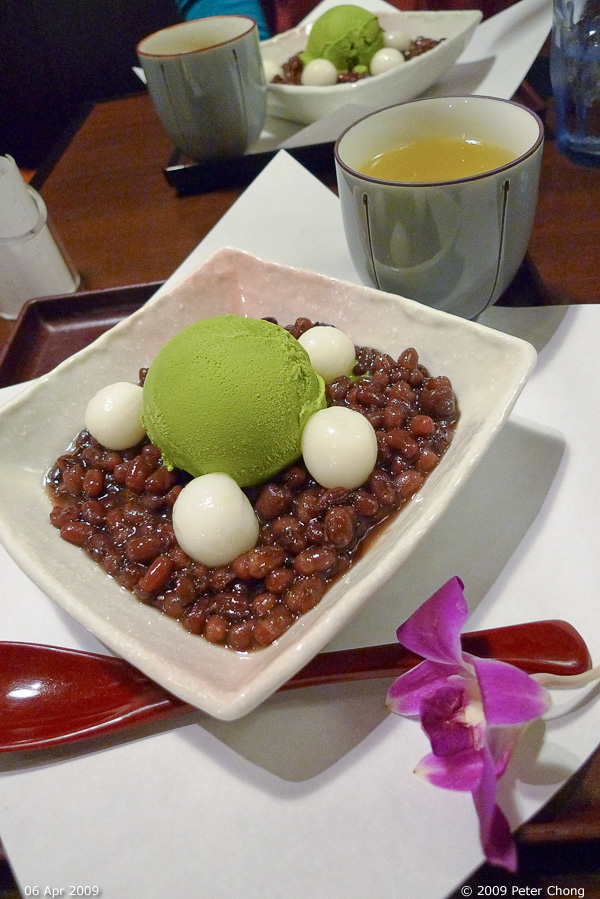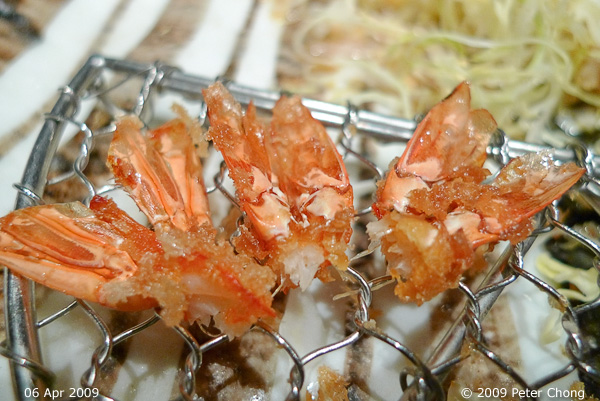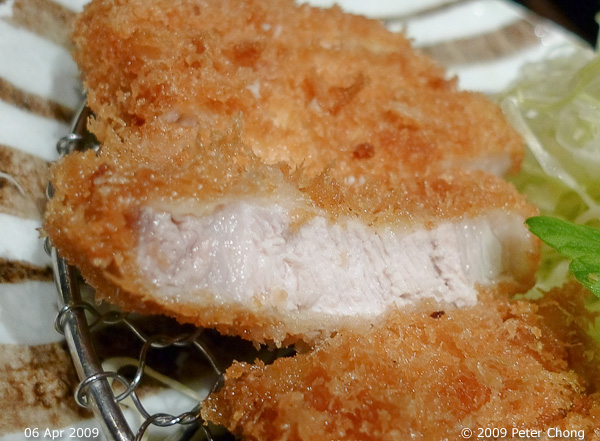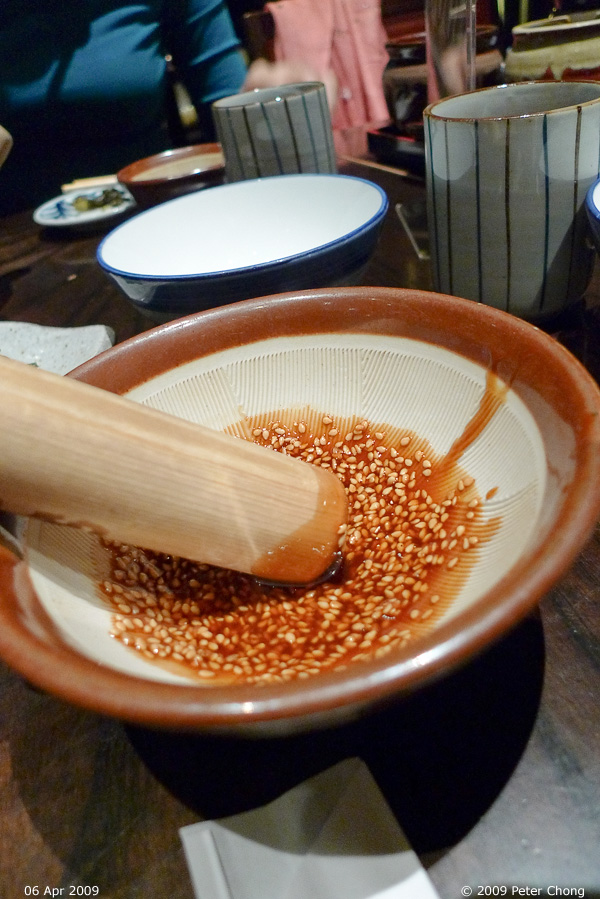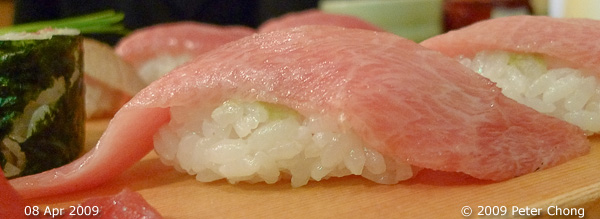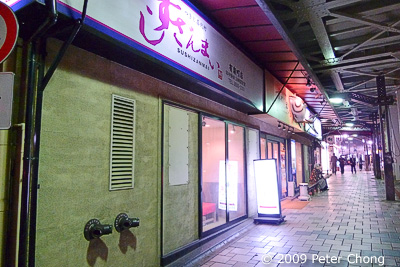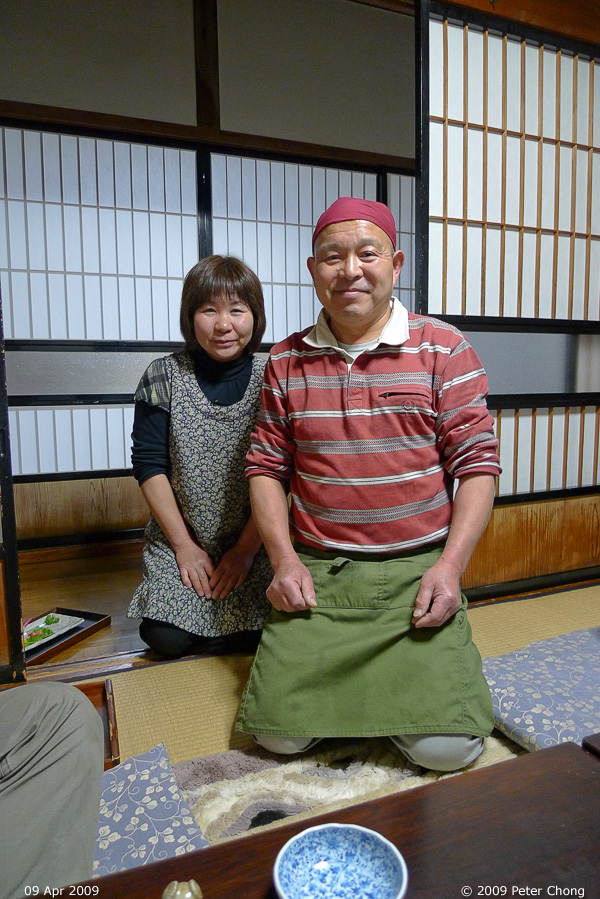I waxed lyrical about Wing Heng's black hokkien mee. I returned recently to an old favourite in PJ, which is almost as famous.

A powerful fire and the ability to control it is the critical component to the wok hei of a great hokkien mee. Fire fueled by compress air and kerosine is used in these huge stoves, so powerful, it will singe and burn food within seconds...and hence need a cook who is not only skilled at handling the heavy cast iron wok, but also strong enough to toss and turn the wok full of ingredents to make that wonderful concoctions that we call hokkien mee.
So on we go...first course, Black Hokkien Mee.

Black does not begin to describe it. Deep, dark...the noodles gleam in the light, and whiffs of fragrance rise to tease the nostrils as the plate is unceremoniously dumped on the table....this is no fine dining establishment...but a mere coffee shop somewhere in Petaling Jaya...but the food is heaven.
Unlike the one served in Jalan Imbi, this version had also thin bee hoon mixed into the mass of thick mee. But that is where the difference ends. Both had great mouthfeel...pork lard and crispy bits of lard pronounced itself on the palate as extreme pleasure. The slippery noodles, in the elegant...if I may describe the thick, black, slimy, smooth sauce as elegant...and the hot, spicy chilli belacan is wonderful. Excellent, excellent. I would be hard pressed to pick a winner, but if I must, I'd say the Imbi one is more fragrant, and edges the PJ one slightly. But both are excellent.
We also had the Kong Fu chao, but this was a disappointment...stay with Jalan Imbi for the wat tan konfu chao. There, the crispy beehoon is an pure inspiration with the soft, wok hei-ed flat rice noodles, and the beautiful sauce.
We also had a plate of Penang Lor Bak.
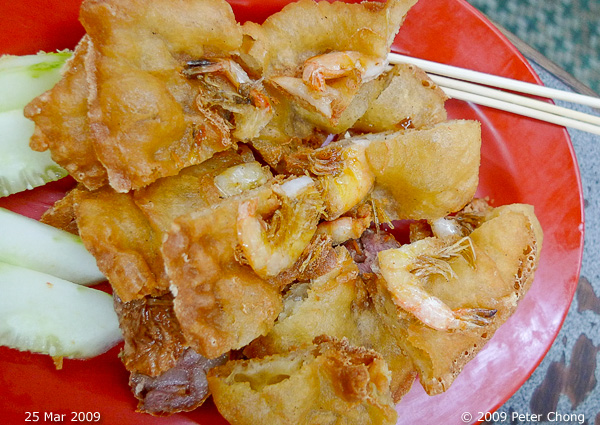
Somewhat similar to Singapore's Ngor Hiang (five flavours), the lor bak (literally translated as gravy meat) is sold semi-prepared and waiting. Take your pick from lor bak, heh chih (prawn fritters), tauhu, various sausages, fish fritters...and the stall owner will fry them up to a crisp and serve them.
The prawn fritters above are particularly beautiful. Super crispy batter smother about 2 mid-sized prawns. Lovely, lovely flavour...the prawns were fresh, the batter delicious.

And the lor bak itself was special. Meat, chopped and combined with spices, wrapped in a soy bean skin, and deep fried. Magic...eaten with the yin/yang sauce of lor (brown sauce with streaks of egg...this is a very special and beguilling sauce only to be found by hawkers who do Penang Lor Bak). Combined...this is absolutely umami heaven. The pork within the lor bak is both lean and fat meat, and packs the punch and flavour.
Even the coffee packs power...below the kopi-o...really black...and kopi with condensed milk. Thick, heavy mouthfeel, this makes one proud of the humble robusta bean used.

Excellent supper...except for the kongfu chao. Recommended to look it up.

Kedai Minuman dan Makanan Ah Fatt
Ah Hwa Restoran sells the Hokkien Mee.
Penang Lor Bak
# 66, Jalan 14/48 (directly behind the Shell station at Jalan 222),
Petaling Jaya.
GPS: Lat: 3.09743 Lon: 101.62938
Click here for a map







